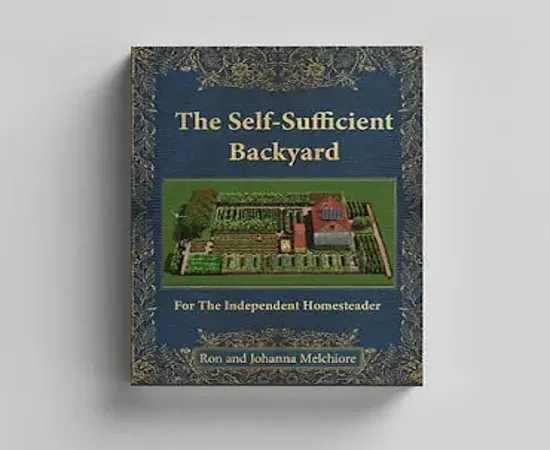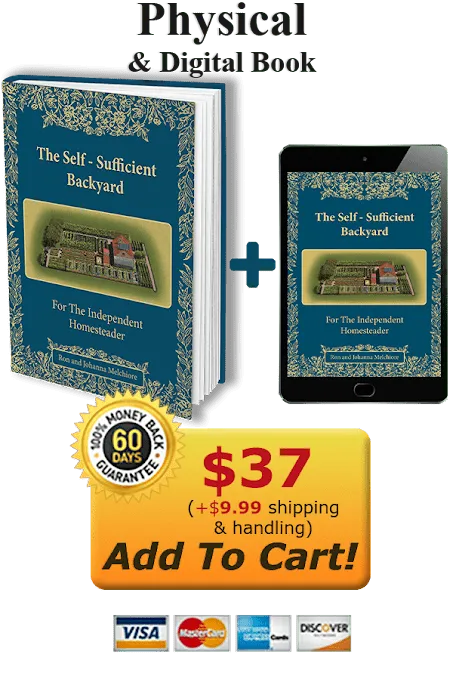Introduction
Welcome to the ultimate guide on how to transform your ordinary backyard into a self-sufficient oasis. With the increasing focus on sustainability and self-reliance, more and more people are turning to the concept of a self-sufficient backyard. In this article, we will explore the benefits, ideas, and projects to help you kick-start your journey towards a greener lifestyle.
Benefits of a self sufficient backyard
Having a self-sufficient backyard offers a multitude of benefits. Not only does it reduce your carbon footprint, but it also provides a constant supply of fresh produce right at your doorstep. By growing your own fruits, vegetables, and herbs, you can ensure that you are consuming organic and pesticide-free food. Additionally, a self-sufficient backyard can help you save money on groceries and inspire a healthier lifestyle.
how to plant a self sufficient garden
When it comes to planting a self-sufficient garden, it’s important to start small and gradually expand your plot as you gain more experience. Begin by choosing a sunny spot with access to water and good soil quality. Research the types of plants that grow well in your region and plan your garden layout accordingly. Remember to compost kitchen scraps and use natural fertilizers to promote healthy plant growth.
Frequently Asked Questions
1. Can anyone create a self-sufficient backyard?
Yes, absolutely! Regardless of your gardening experience, with the right guidance and dedication, anyone can create a self-sufficient backyard. Start by educating yourself on sustainable gardening practices and take it one step at a time.
2. Do I need a large backyard to be self-sufficient?
Not at all. Even if you have limited space, you can still grow a variety of fruits, vegetables, and herbs in containers or vertical gardens. With proper planning and utilization of space, even a small backyard can support a self-sufficient garden.
3. How much time does it take to maintain a self-sufficient backyard?
The amount of time required to maintain a self-sufficient backyard varies depending on the size of your garden and the crops you choose to grow. However, with efficient planning and regular care, you can create a low-maintenance garden that fits seamlessly into your lifestyle.
4. Where can I find reliable resources on self-sufficient gardening?
There are many resources available, both online and in print, that offer valuable information on self-sufficient gardening. Look for reputable books, websites, and community gardens in your area that can provide guidance and support as you embark on your journey.
5. What are some easy projects to start with in a self-sufficient backyard?
If you’re new to self-sufficient gardening, consider starting with simple projects like planting a herb garden, setting up a compost bin, or installing a rainwater harvesting system. These projects are beginner-friendly and can quickly yield tangible results.
Conclusion
In conclusion, creating a self-sufficient backyard is a rewarding and fulfilling endeavor that not only benefits the environment but also enhances your quality of life. By following the tips and ideas outlined in this guide, you can take the first steps towards cultivating your own sustainable paradise. Embrace the beauty of nature and enjoy the abundance that a self-sufficient backyard can bring into your home.


